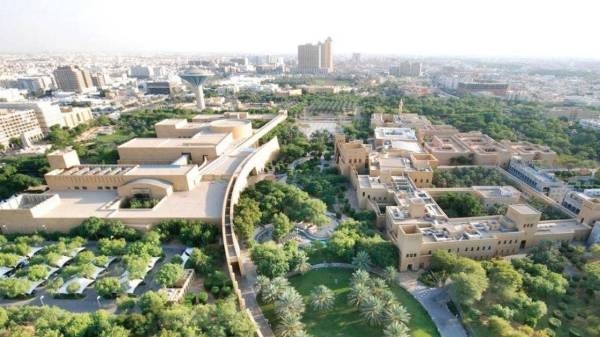
More than half the trees in two new woodlands in lowland England have been planted not by landowners, charities or machines but by jays.
Former fields rapidly turned into native forest with no plastic tree-guards, watering or expensive management, according to a new study which boosts the case for using natural regeneration to meet ambitious woodland creation targets.
Instead, during “passive rewilding”, thrushes spread seeds of bramble, blackthorn and hawthorn, and this scrub then provided natural thorny tree “guards” for oaks that grew from acorns buried in the ground by jays.
The study, published in the journal Plos One, followed the fate of two fields next to Monks Wood, a nature reserve in Cambridgeshire. One, a barley field, was abandoned in 1961. The other, former grassland, was left alone in 1996.
After just 24 years, the grassland area, known as “the new wilderness”, had grown into a young wood with 132 live trees per hectare, 57% of which were oaks.
After 59 years, the barley field, called “the old wilderness”, resembled a mature woodland, with 390 trees per hectare of which 52% were oaks. In both cases, jays were the likeliest source of the oak trees, typically carrying acorns to cache for the winter much further than wood mice and grey squirrels.
Dr Richard Broughton of the UK Centre for Ecology and Hydrology and lead author of the study, said: “Many people don’t like jays. Traditionally they have been seen as a pest. But jays and possibly grey squirrels planted more than half the trees in these sites. The jays and the thrushes basically engineered these new woodlands.”
The government’s ambitious tree-planting targets to tackle the climate crisis with 30,000 hectares of new woodlands in Britain by 2024 is likely to be dominated by non-native coniferous plantations, which critics say can damage native wildlife and carbon-storing peatlands.
Proponents of natural regeneration, such as Isabella Tree at Knepp, the rewilded farm in West Sussex, argue that we must learn to value “scrub” which first emerges when land is abandoned and provides a haven for wildlife.
Broughton said the study of emerging woodland at Monks Wood, a former research station for groundbreaking ecological studies, demonstrated the value of scrub.
“We call it scrub like it should be scrubbed away but it’s shrubland. It’s like a wildlife fest – covered in blossom, full of warblers. It’s just a really nice place to be,” he said.
“The thing which really stood out is unlike with planting, natural regeneration creates this essential first stage of shrubby development – a thicket of brambles and hawthorn sown by thrushes and a natural tree-guard against the browsers such as deer.”
Trees in both the naturally regenerating woodlands grew rapidly despite large numbers of wild deer in the area, including roe and invasive muntjac, and a series of droughts over the years.
Until recently, the financial support system for agriculture actively discouraged natural regeneration by removing basic payment subsidies if farmland was “scrubbed up”. But the government’s new Woodland Creation Offer – which began this month – now provides money for English landowners who want to reforest using natural regeneration, with its benefits to biodiversity, carbon sequestration, soils and flood alleviation.
Tony Juniper, chair of Natural England, said: “In meeting our most welcome national ambition to expand woodland there is every good reason to harness the power of nature. The natural woodland regeneration at Monks Wood presents a fantastic example of what is possible – with trees planting themselves, with the assistance of the wind, birds and mammals. The feathered and furry foresters doing their work means there’s no need for the usual invasive digging, plastic tubes or imported saplings.
“There is also as a result no risk of importing diseases, it’s cost-free and full of wondrous wildlife, such as pollinating insects, wild plants and many birds including garden warblers, yellowhammer and reed bunting. Natural woodland recovery also catches carbon and can help reduce flood risk. It doesn’t work everywhere, but it quite clearly does in so many places and I would love to see this kind of example inspiring more natural regeneration across the country.”
Broughton said such rapid regeneration as recorded at Monks Wood was only likely to happen within several hundred metres of existing woodland in lowland Britain but that sites further from native woodland were likely to provide even greater biodiversity benefits because the particularly wildlife-rich shrubland stage developed more slowly.
The new naturally created woodlands were also dominated by oak. “Everyone loves their oak trees and knows how biodiverse they are,” said Broughton. “If people were asked for their ideal woodland, most would say oaks would be nice and that’s what we get for free with natural regeneration.”












